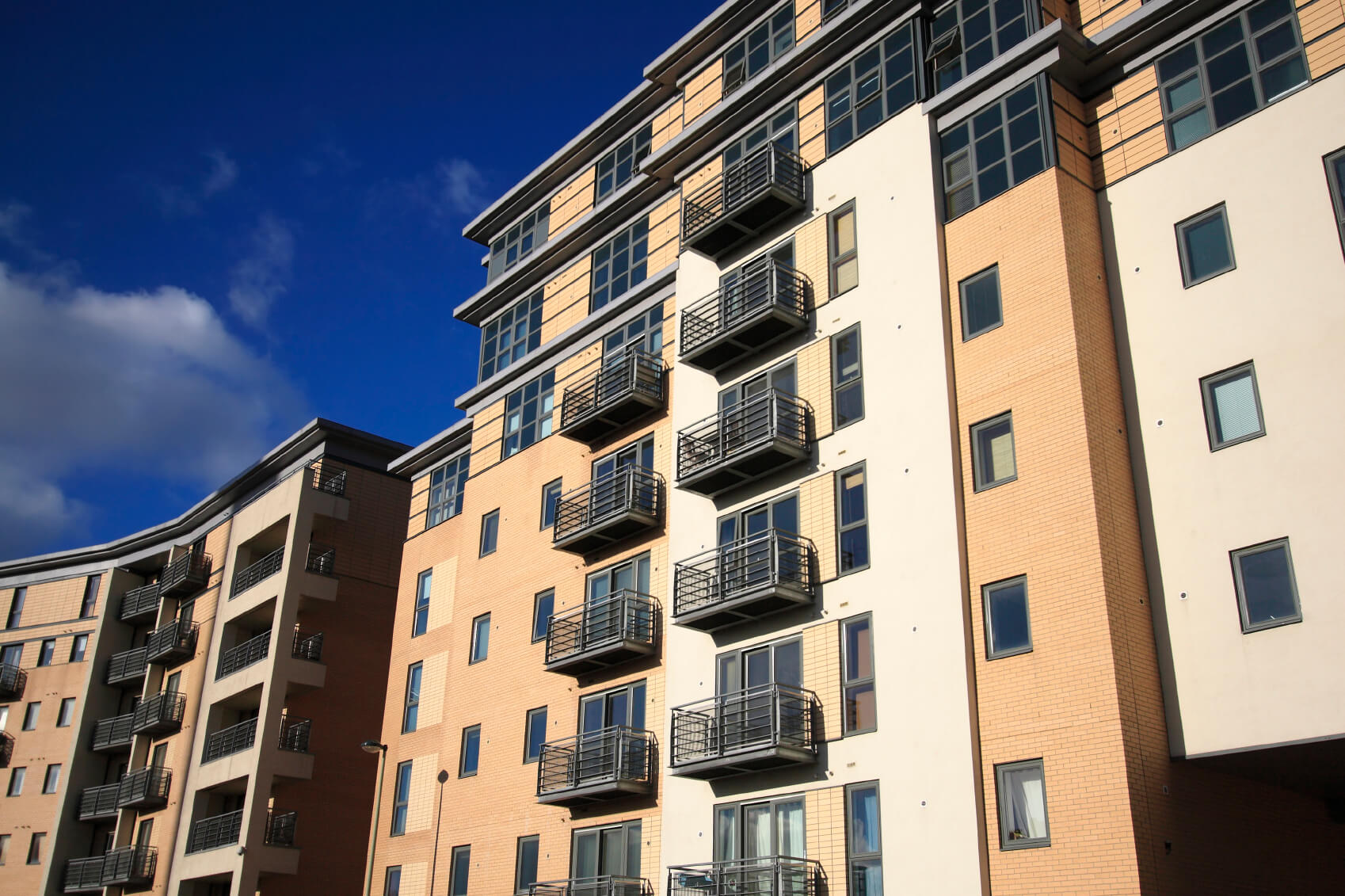The enjoyment of flat roof areas as a roof terrace by flat owners can be a thorny issue.
Where a flat is built by a reputable builder with the benefit of a roof terrace you would usually expect to see that all necessary statutory consents were obtained before the flat was sold off on a long lease and that the lease grants the flat owner the entitlement to use it. In this case there should be no problem leaving aside the risk that the builder may erect other blocks in the vicinity that then affect the enjoyment of the terrace.
Unfortunately many flat owners discover to their surprise that there are issues that stand in the way of their enjoying the roof terrace as such. These can often arise in connection with period conversions. Sometimes their flat lease will not give them ownership of the relevant area or any right to use it in which case it would need to be purchased from the landlord potentially. In others the statutory consents required to use it as a roof terrace may not have been obtained i.e. the planning consent for the original conversion of a building into flats may have prohibited use of the area as such or building control approval for the enclosure to the roof terrace may not exist. Sometimes the roof terrace will have been created without the landlord’s consent being obtained for the alterations first pursuant to the flat lease.
In the case of Triple Rose Limited v P M & B Patel [2018 UK UT 374 (LC)] concerned just this situation. The flat lease contained a covenant on the tenant’s part not to make any alteration to the “elevation” of the flat. The rear of the flat was an area of flat roof that wasn’t owned with the flat. A previous owner had installed a door at the back of the flat to give access out on to the roof where it and the other flats in the building had a window originally. The landlord asserted that the change of the window to a door broke the elevation alteration covenant.
At first instance, the landlord failed as the Tribunal relied on a case that held that “elevation” meant only the front of the flat, not the rear.
Unfortunately for the flat owners, the landlord succeeded on appeal. The Upper Tribunal held that “elevation” was not restricted to the front elevation of the building absent a qualification to that effect contained in the lease. The case the First-tier Tribunal had relied on used “elevation” to differentiate the front view of the building from the horizontal plan; it hadn’t been asked to decide whether the back of the building was one of the elevations and so it shouldn’t have been interpreted and relied on in that way.
The installation of a door to the rear of the flat in this case was capable of being an alteration to the elevation and on the facts it was accepted the door must have been installed since the lease had been granted and so the elevation alteration covenant had been breached.
So potential buyers of flats with a roof terrace need to carefully consider the lease terms to ensure they will be able to use the terrace in connection with the flat as well as checking that all the other requisite consents are in place. It is a reminder for buyers that it is not safe to proceed on an issue like this just because the works were undertaken before the seller’s period of ownership. They may find they suffer significantly when it comes to the value and ability to re-sell the flat if they overlook this.



